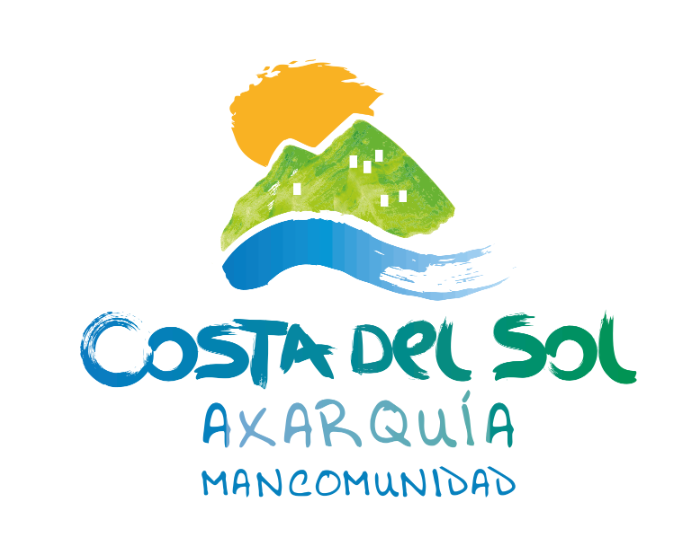Distance: 12.7km (circular route) / Duration: 3h50 / Difficulty: medium
We take the exit from the Virgen de Monsalud agricultural cooperative; opposite just to the right we take an agricultural track that crosses an extensive plain, where there are several irrigated ponds, surrounded by different crops, cereals, leguminous plants and vegetables, and to the right we can see several artesian wells.
We cross a bridge of Roman origin known as Puente de los Dos Ojos (Bridge of the Two Eyes) over which the Morales Stream flows. As we climb we see some patches of olive and almond trees. Looking back we have some magnificent panoramic views. Following the path a few metres further on we come to a fork, to the left and to the right of the path. We continue without leaving the main path. A few metres further on, we find another fork, there is a path to the left that leads to an old quarry.
Without leaving the main path we reach the Pilas del Cerezal, a natural spring where we make a brief stop to rest. Just above these basins we can see some vertical limestone walls called Tajo de la Palomera, a refuge for mountain goats and an ideal promontory for nesting birds of prey.
We continue our route bordering the Tajo de la Palomera; following the track we come to a fork where we turn right, going down a slope we come to the Pilas del Prado de Herrera. At the end of the slope we take a left turn that leads to the Pilas de Barrionuevo, a characteristic fountain in the area made of limestone at different levels, whose spout is the mouth of an old canyon; these fountains are used as a watering place for the flocks.
Just in front of us we can see some stone cornices. We go uphill along a narrow path on the right, which runs parallel to the fence of a finca, until we reach a new path which we take on the right. Following this path we cross the so-called Loma del Aire, from the right we can see magnificent views of the village of Alfarnate.
We continue further on and on the right we find a hill with a patch of Mediterranean forest, called Cerro del Castillejo, at the foot of which there are other old but now restored piles and a centenary walnut tree. To the right of the track is a path that climbs up to the top of the hill, where there are still some ancient remains of Arab buildings.
Without leaving the main track, we go down until we reach the Alfarnate-Periana road next to a bridge; we cross the road towards Alfarnate, finding a track on the left, 200 m further on, bordering the orchards until we reach a rise that leads to the Cortijo de Gastarreja, a traditional construction with stone walls, mud and wooden beams, currently in a semi-ruinous state and used as a shed.
Once here, we turn off to the right and join the path that runs at the foot of the Sierra de En medio, where there are holm oak and pine forests; a little further on we start to climb, skirting the "Charca" to the left, a small reservoir that supplies water for the village's irrigation system. From this point we start to descend towards the last stretch of the route. This path will lead us to Alfarnate without any detour.

